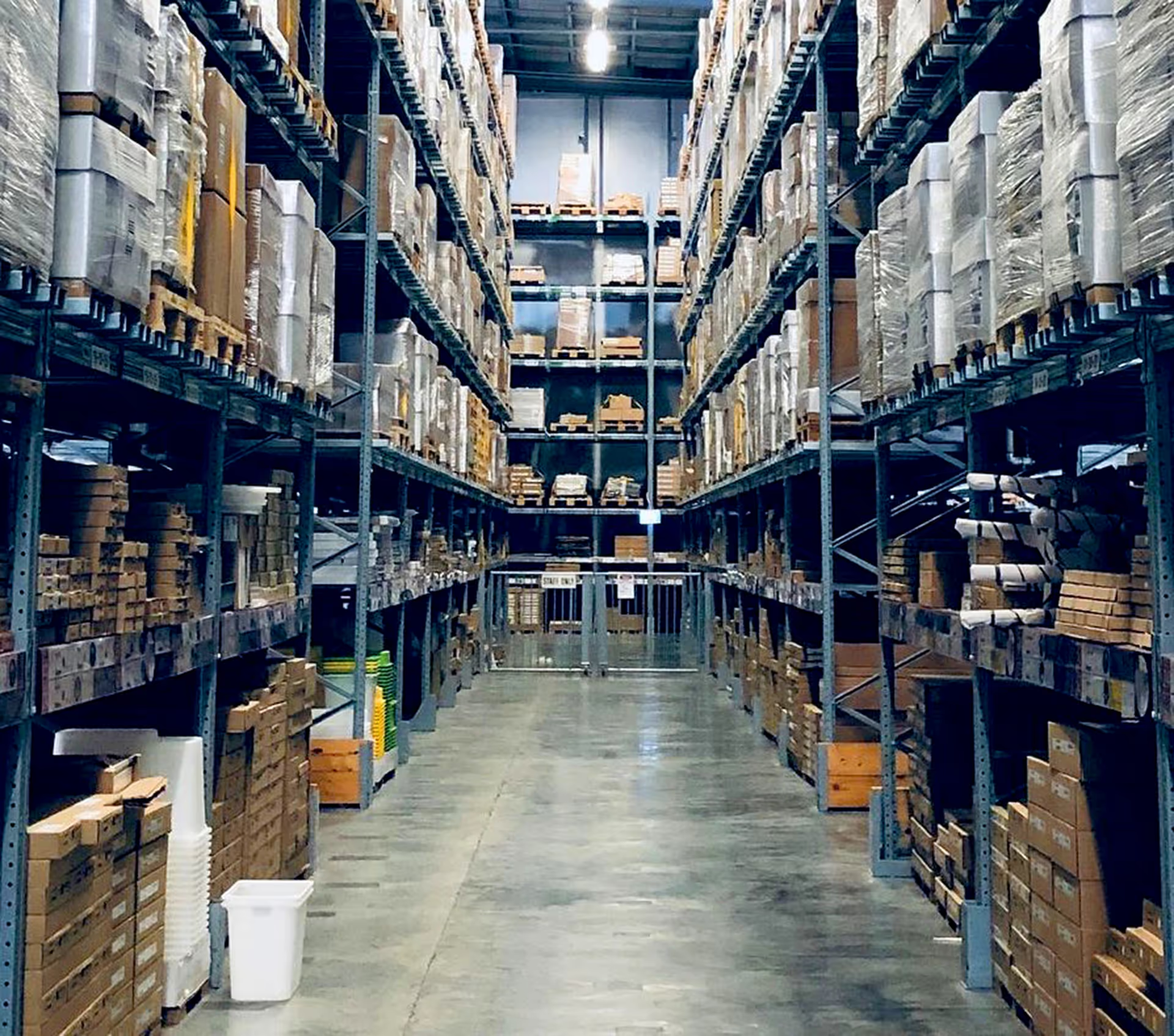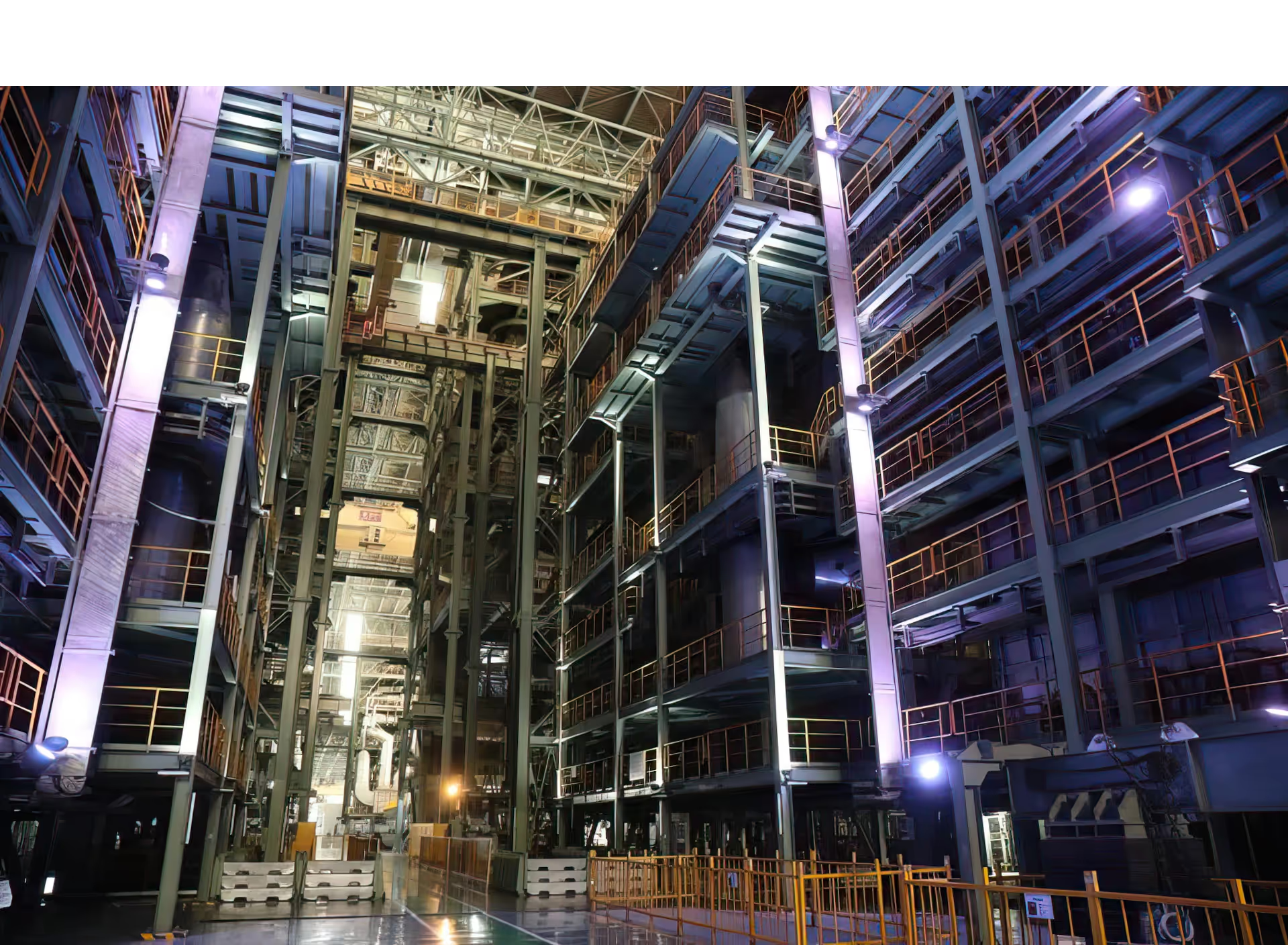If your business decides to source products from China, shipping will be an inevitable cost. Some businesses think that shipping is a fixed cost, which is an incorrect assumption. Many are surprised to hear that leveraging expertise in shipping logistics can dramatically reduce shipping expenses. This is particularly true with sea freight shipping, where consolidated shipping can offer enormous savings.
Consolidated shipping is an excellent choice to reduce costs, but it requires a depth of expertise that many businesses don't have at their disposal. Planning logistics requires a significant time investment that many businesses don't have the resources to spare.
How can your business efficiently employ consolidated shipping to reduce shipping costs? In this article, the experts at Kanary will discuss what consolidated shipping is, the logistical steps required to execute consolidated shipping, as well as other benefits that consolidated shipping offers outside of simple cost savings.
What Is Consolidated Shipping?
Consolidated shipping is a freighting technique where various products (or a high volume of a single product) are consolidated onto a single, or multiple, shipping containers. Businesses will consider using consolidated shipping for a variety of reasons, though the following are the most common:
- High-volume production that takes place over an extended -period of time.
- Multiple-product orders where a single product won't fill an entire container
- A combination of the two
While consolidated shipping is used for both sea freight and carrier shipping, sea freight consolidated shipping requires far more logistical planning. Not only will you need to consider where in China the products are being manufactured, but also where the products are stored before shipment. Additionally, you’ll need to consider the need to schedule production according to when you book your shipping container and when it is departing.
How Do I Implement China Consolidated Shipping Logistics?
You must have an established logistical plan if you want to take advantage of consolidated shipping when sourcing products from China. It is a complicated process, and missteps can create lengthy delays for the delivery of your products. Businesses can consider up to five unique products to be shipped this way, but the more pieces you add to the process, the more complicated it becomes.
Below, you'll find four steps that are foundational to creating an effective consolidated shipping plan. If the process feels overwhelming, you're not alone! Clients regularly come to Kanary for help with creating and implementing consolidated shipping logistics. We have the experience and tools necessary to make it a streamlined, cost-savings strategy.
Step 1: Choose Suppliers That Are Geographically Close and Have Export Clearance
If you are using multiple suppliers for a variety of products, and want to use consolidated shipping, all of those suppliers need to be geographically close to each other. Suppliers can be found throughout China, and it's easy to forget that China is a very large country. If you choose suppliers that are far away from each other, your domestic China shipping costs will be incredibly high.
Next, you will need to make sure that all of your suppliers have export clearance. Export clearance refers to a business knowing how to gather and file required export documents with Chinese customs. Businesses that are accustomed to exporting from China will have document submission built into their workflow (and their pricing).
If one of your suppliers does not have export clearance, then your business will end up paying the cost for lacking such clearance. Depending on your product needs, this may be unavoidable (the only appropriate supplier available may be one without export clearance), but it is still important to keep in mind..
So, be sure to keep the physical location of each supplier in mind, as well as whether or not they have export clearance. If you don’t properly plan your logistics strategy, both of these factors can increase your overall costs.
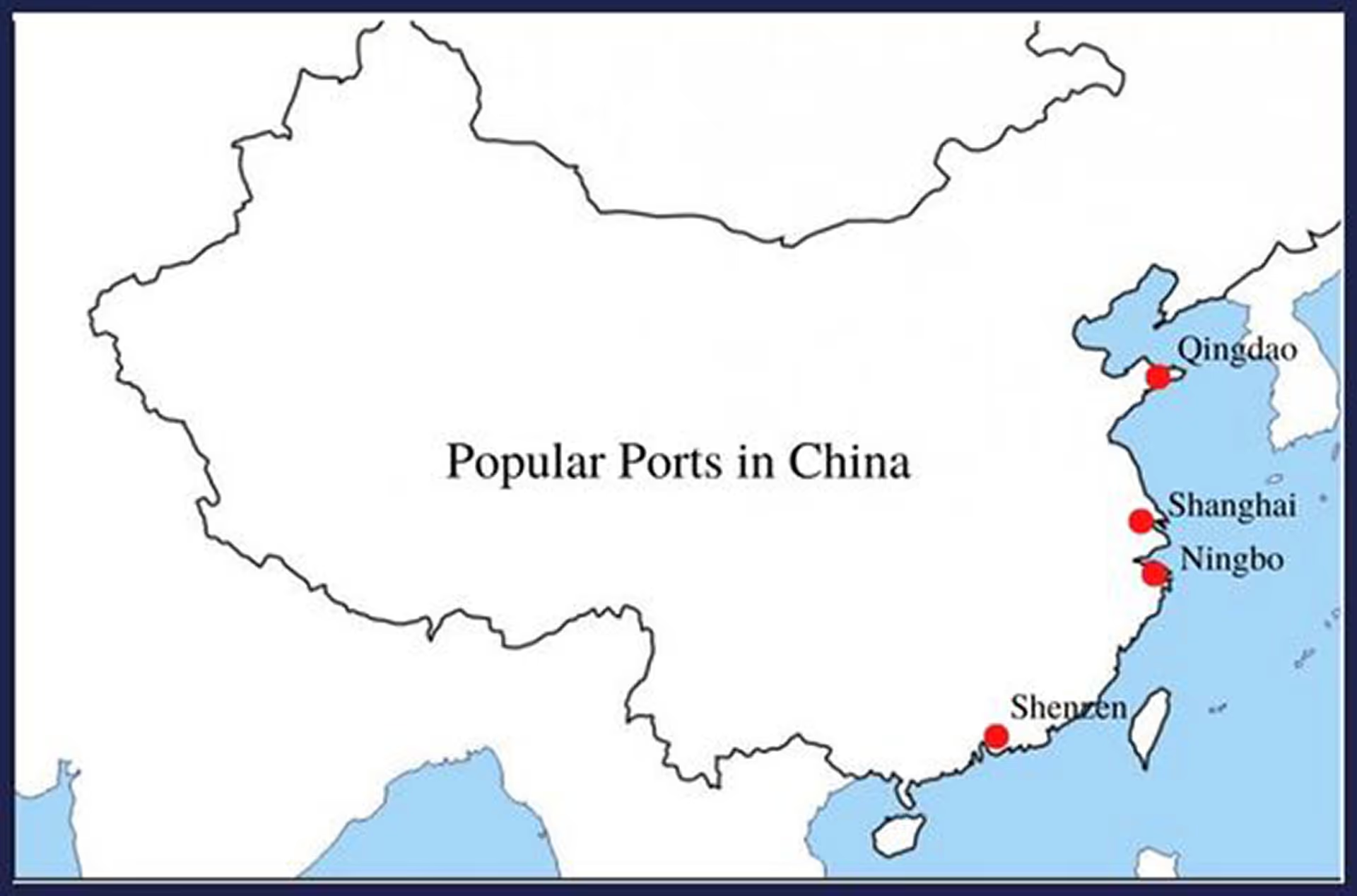
Step 2: Get Your Products Palletized
Products that are properly palletized will be easier to transport and store. They will also make it easier to load and unload your container. Whether or not you are going to use a consolidated shipping strategy, your products should always be palletized.
Palletization helps prevent products from being damaged during shipping and reduces labor hours needed to load and unload products from the manufacturer, storage facility, port of origin, and port of destination. Making sure your products are palletized should already be part of your quality control process , but it is particularly important for consolidated shipping.
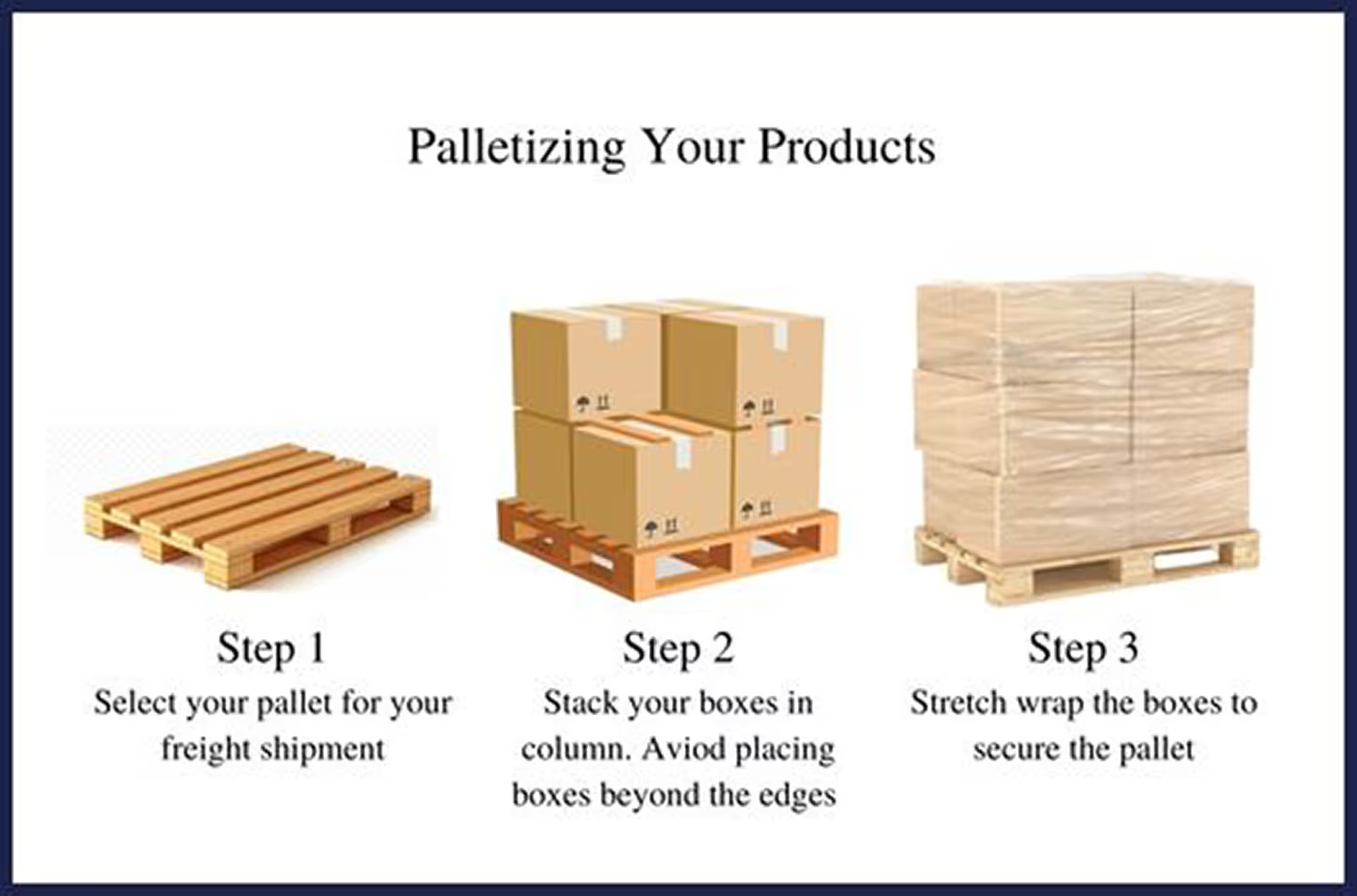
Step 3: Get Temporary Storage
Temporary storage is an important part of any plan regarding consolidated shipping logistics. Using temporary storage allows your already finished products to be safely stored while you wait for the entirety of your product orders to be complete. This will allow you to load all of your products at one time onto your shipping container when it becomes available.
Alternatively, if you do not have anywhere to store your finished products while waiting for remaining products to finish production, then your orders will be shipped out on multiple containers, raising all of your shipping costs significantly.
A freight forwarder will communicate with your supplier and warehouse manager about when and how to safely transport your products between the factory, storage, and your shipping container at the port of origin. This will be an extra cost that needs to be built into your overall logistics budget , as your business will pay for storage and labor hours associated with loading and unloading your products.
If you already plan on partnering with Kanary as your sourcing specialist, this is not a cost you need to be concerned with. We provide temporary storage to all of our customers for free , which comes included in the logistical planning we provide for customers using consolidated shipping.
Step 4: Get the Container Loaded
Finally, you'll need to create a plan to get your products from the storage facility to your shipping container at the port of origin. Customers who have sourced products from China using one supplier or focusing on one product, may have not needed to plan this step, since suppliers often offer free-on-board (FOB) delivery.
FOB delivery means the product goes directly from their factory to the shipping port. Since you are consolidating your shipment, it means you are not shipping straight from the original factory. This will be another logistical step that you will need to plan.
Once your products are loaded onto the container, the logistics planning for consolidated shipping is over. Keep in mind that your overall logistics planning is not over, as you will need to monitor products in transit and make sure that your products successfully clear customs.
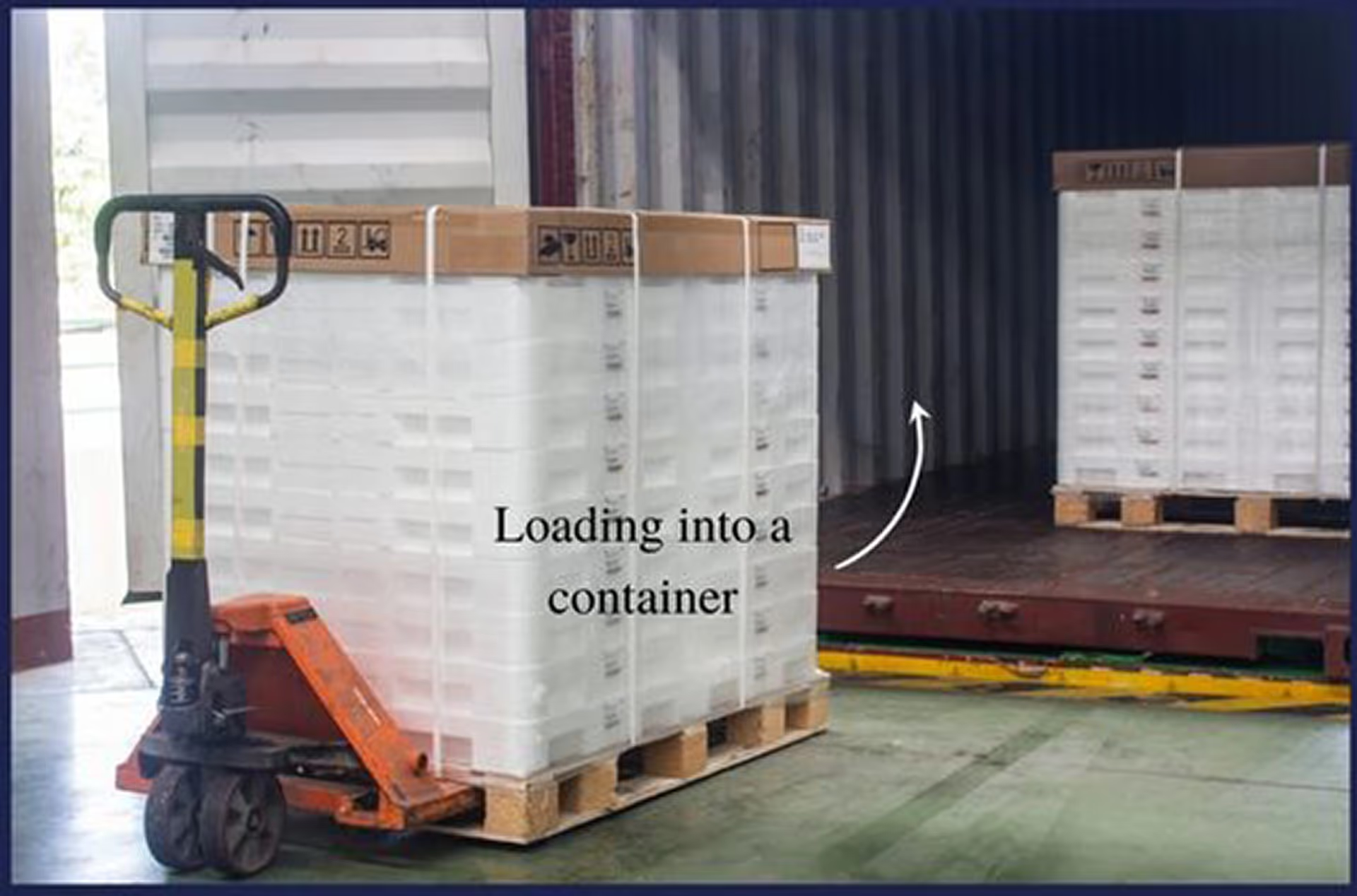
Container Size Problems
Booking a container is one of the first steps you'll take when sourcing a product from China. This is because, in the current shipping climate, it can be weeks to months before a container is ready for shipment. If your products are finished, but there is no container available, you will have to pay a premium to the warehouse for extended storage.
Therefore, to avoid further unnecessary complications, it's important to book the right size container for the volume of products you plan to ship. If your container is too large, then you'll defeat the purpose of using a consolidated shipping strategy to begin with. Your goal is to avoid a less than container load (LCL) shipment. Empty space in a container means you've paid a premium for a container you don't need, which could wipe out any potential cost savings.
If your container is too small, you will have a logistics nightmare on your hands. First, the surplus products will need to be shipped back to the warehouse for extended storage (and you'll need to pay labor hours for loading and unloading products). Then, you will have to pay extra for extended storage while you wait for another container to be free.
Of course, it could be weeks before another container is available for your products. When a container is available, you'll have to pay another container fee and labor costs associated with loading and unloading your products again. Finally, you'll almost certainly have an LCL shipment, which means you've not only paid for another container, but you're paying a premium for space you can't utilize.
Proper logistical planning is paramount to ensuring the consolidated shipping process is a smooth one. We recommend all businesses that are new to consolidated shipping start with a sourcing specialist, like Kanary, to avoid any mistakes during the logistics process due to inexperience.
What Is LCL Shipment?
LCL shipment refers to a shipping container that is not entirely full. Usually, LCL shipments have product orders from a variety of customers, since your sea freight partner will want to make the most efficient use of available space. LCL shipments are common, especially for small-volume product orders.
LCL Shipment vs. Consolidated Shipping
We briefly mentioned LCL shipments earlier when discussing the necessary steps for a consolidated shipping strategy. Depending on your order load, LCL shipments may be unavoidable (especially if you aren't ordering a particularly large volume of product). However, when possible, you should do your best to avoid LCL shipments.
First, LCL shipments are more expensive per unit than if you take advantage of consolidated shipping by using full container load (FCL) shipments. You only pay for a container a single time and only have to track a single order while it is in transit.
When shipments arrive at customs, LCL and FCL shipments are unloaded in separate areas. Since LCL shipments are more common, it will take more time to clear customs, since you have to wait on port space to become available. There will also be a longer delay when unloading your products, since several orders will need to be taken from the container and organized.
FCL shipments have their own dedicated section at customs. Since FCL shipments are less common, you'll usually wait less time for port space to dock and unload. Also, because your order is the only order on the container, unloading products and loading them with your carrier partner is also a much faster, more efficient process.

Other LCL Customs Problems
If you are using LCL shipping, and your container gets flagged because of a shipment on your container unrelated to yours, you will still face the delay. There will be no way to expedite the process. This is an unavoidable problem with containers filled with a variety of LCL shipments.
The only way to avoid this kind of delay is to avoid using LCL shipments and stick to FCL shipments. If you plan to regularly order from China, then investing in the required logistics to implement consolidated shipping could save you an enormous amount of time at customs.
Overall, it's common to see shorter shipping times with FCL shipments simply because of how containers are categorized and treated at customs. Even though consolidated shipping takes a significant time investment to plan correctly, it can end up providing a shorter shipping time as well as saving you on shipping costs.
Kanary: Sourcing Specialist and Consolidated Shipping Experts
By now, the advantages of creating and implementing a consolidated shipping strategy should be clear. Of course, that doesn't mean that all businesses have the expertise, resources, or time to plan the logistics the right way.
The Kanary Team has years of experience planning and executing consolidated shipping strategies on behalf of clients. We offer significant advantages associated with consolidated shipping, including:
- Choosing suppliers that are geographically close to limit domestic shipping costs (within China)
- Using on-site quality control to ensure products are appropriately palletized
- Planning and executing logistics involving product delivery from factories, to warehouses, and ports
- Offering free temporary storage
- Handling all paperwork associated with exporting products from China and clearing U.S. Customs
If you're interested in the unique advantages of leveraging China manufacturing for your product sourcing needs, reach out to us! We offer free consultations and will determine if a partnership offers genuine benefits for your business.
We look forward to hearing from you soon!

.png)


.jpg)
